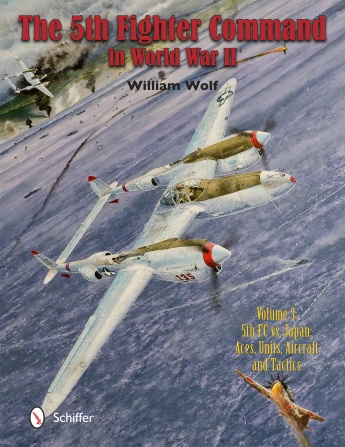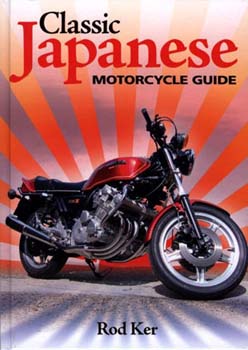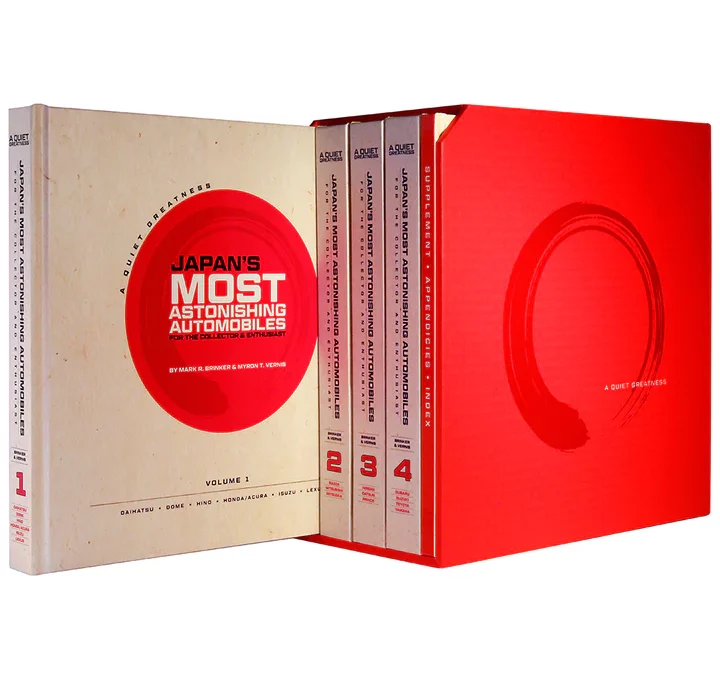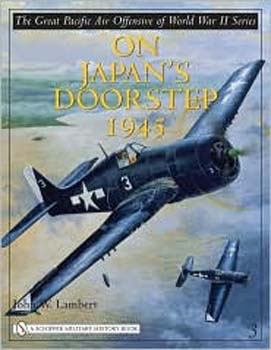
Following his first two massive volumes describing the day-by-day history of the 5th Fighter Command and associated tactical, strategic, and grand strategy, William Wolf completes the trilogy with this volume. The aces of the 5FC are now personalized, and their fighters described, and Japanese aces are portrayed for the first time. American and Japanese pilot training and their importance to the outcome of the war is discussed and compared. Details of the 5FC Groups and Squadrons are revealed, as are those of the Japanese Naval and Army Air Forces. The details of the aircraft of the two combatants are compared, and the vulnerability of Japanese aircraft is discussed. The flying of the six aircraft types of the 5th Fighter Command is first described from Pilot Flight Manuals, then by the aces who flew them. Japanese and American combat maneuvers and tactics are described. The crucial importance of logistics and the construction of airfields are also discussed, along with maintenance and repair. Finally, the air war is presented from the Japanese viewpoint, including the causes for the defeat of its air forces.
Size: 8 1/2″ x 11″ | 474 photos, charts, & drawings, plus 24 color profiles | Index | 448 pp

The Mitsubishi Zero is one of the great legendary fighter aircraft ever to have graced the skies. Symbolic of the might of Imperial Japan, she represented a peak of developmental prowess in the field of aviation during the early years of the Second World War. Engineered with maneuverability in mind, this lightweight, stripped-back aircraft had a performance that left her opponents totally outclassed. The dogfights she engaged in with the Chinese, British, Dutch and American warplanes in the 1941-42 period are the stuff of aviation legend. The Zero fighter had four major assets – agility, long-range, experienced and war-blooded pilots and, most importantly of all, a total inability of the Allies, particularly in the Pacific Theater of operations, to believe that Japan could produce such a machine. Despite a whole series of eyewitness reports from China, where she had swept the skies clean of all opposition, western minds were closed, and remained so until the brutal facts imposed themselves on their biased mindsets. All aircraft designs are a compromise of course, and the Zero had faults as well as strengths, two of which were to finally doom her; one was her lack of armor protection and the other was the inability of the Japanese to match the overwhelming production strength and innovation of Allied aircraft construction. Even so, she remained a potent threat until the end of the war, not least in her final role, that of a Kamikaze aircraft, in which she created as much havoc on the sea as she had done earlier in the air.
Peter C. Smith takes the reader on a journey from inspired inception to the blazing termination of this unique aircraft, the first Naval fighter to be superior to land-based aircraft. It describes in detail the many victories that punctuated the early days of its operational career as well as the desperate dying days of the Second World War which witnessed her final demise. Smith also lists the preserved Zero aircraft on display today. This is a fast-paced and fascinating history of a fighter aircraft like no other.

This is the definitive guide to identifying, buying and riding Japanese bikes from the 1960s to the early 1990s, concentrating on mainstream, affordable models from the big four: Honda, Kawasaki, Suzuki and Yamaha. Fully illustrated in color throughout, the book provides a brief history of the Japanese motorcycle industry, its post-war rise and displacement of traditional British, European and American marques. Specific bikes are then grouped and discussed in detail, providing an essential reference for buyers and enthusiasts alike.

This study chronicles the success of the Japanese car in America. Starting with Japan’s first gasoline-powered car, the Takuri, it examines early Japanese inventors and automotive conditions in Japan; the arrival of Japanese cars in California in the late 1950s; consumer and media reactions to Japanese manufacturers; what obstacles they faced; initial sales; and how the cars gained popularity through shrewd marketing. Toyota, Honda, Datsun (Nissan), Mazda, Subaru, Isuzu, and Mitsubishi are profiled individually from their origins through the present. An examination follows of the forced cooperation between American and Japanese manufacturers, the present state of the industry in America, and the possible future of this union, most importantly in the race for a more environmentally-sound vehicle.
Japanese Aircraft Equipment

As this book explains, the Japanese did not suddenly become proficient in the design & development of motorcycles when they first appeared in Europe at the end of the 1950s. Instead, the Japanese had been involved with motorcycles since the beginning of the 20th century. True, early Japanese motorcycles copied Western design – a trend that continued for several years after WWII. But soon they designed a succession of highly innovative machinery, not only to the Grand Prix world’s benefit but to the paying ‘over-the-counter’ customer, too. Honda, Kawasaki, Suzuki, & Yamaha, plus Bridgestone and Tohatsu, have all built & sold racing motorcycles which the public could also buy & enjoy.
Air Commands Against Japan
JAPANESE ARMY AIR FORCE UNITS
Vintage Japanese Street Bike
I-400: Japan’s Secret Aircraft
Imperial Japanese Nvy Carriers
Japanese Custom Motorcycles
CATALOG OF JAPANESE MOTOR VEHIC










